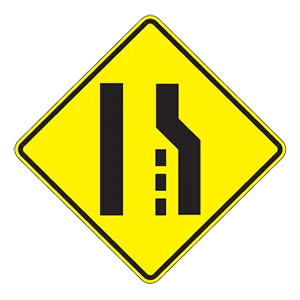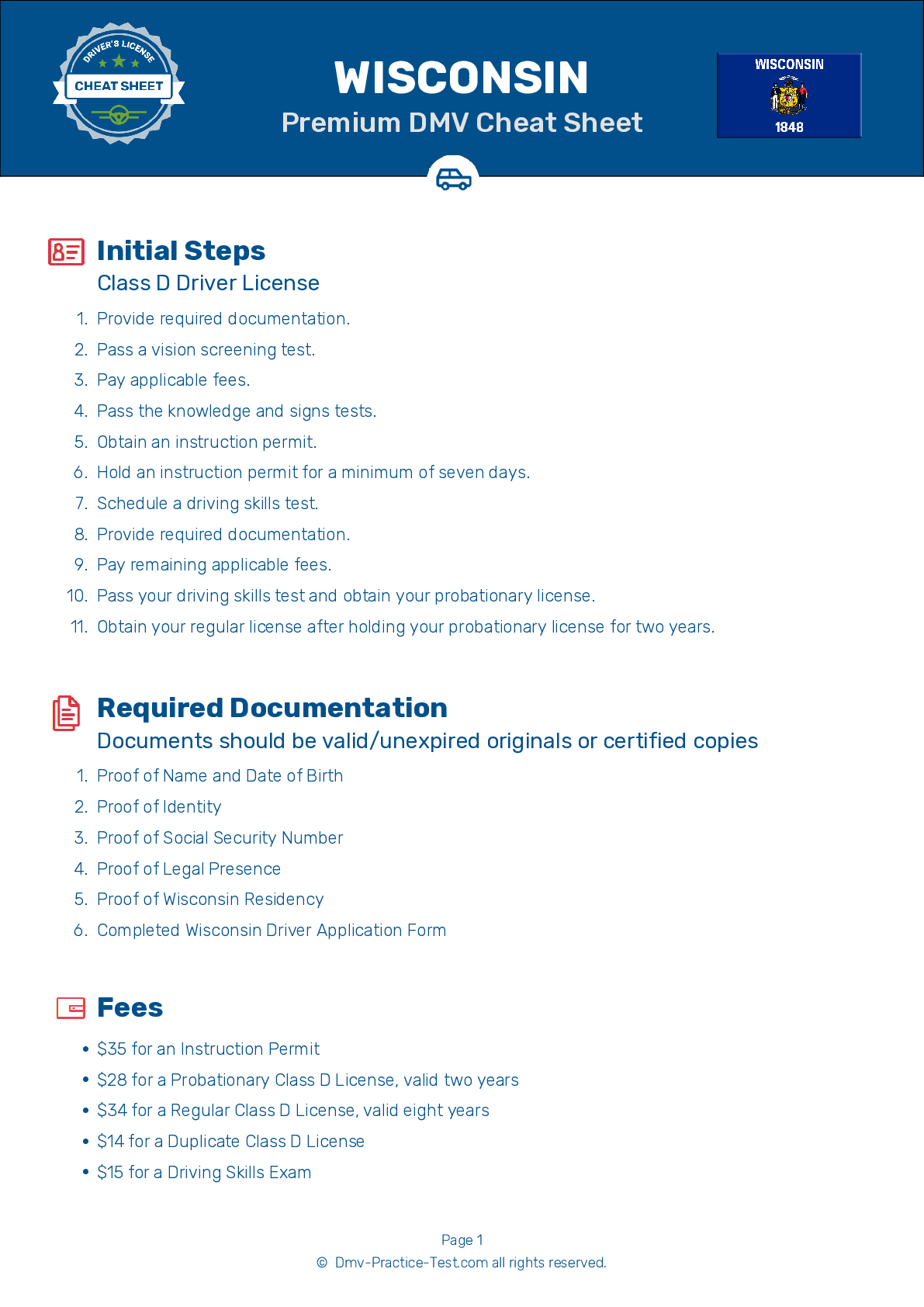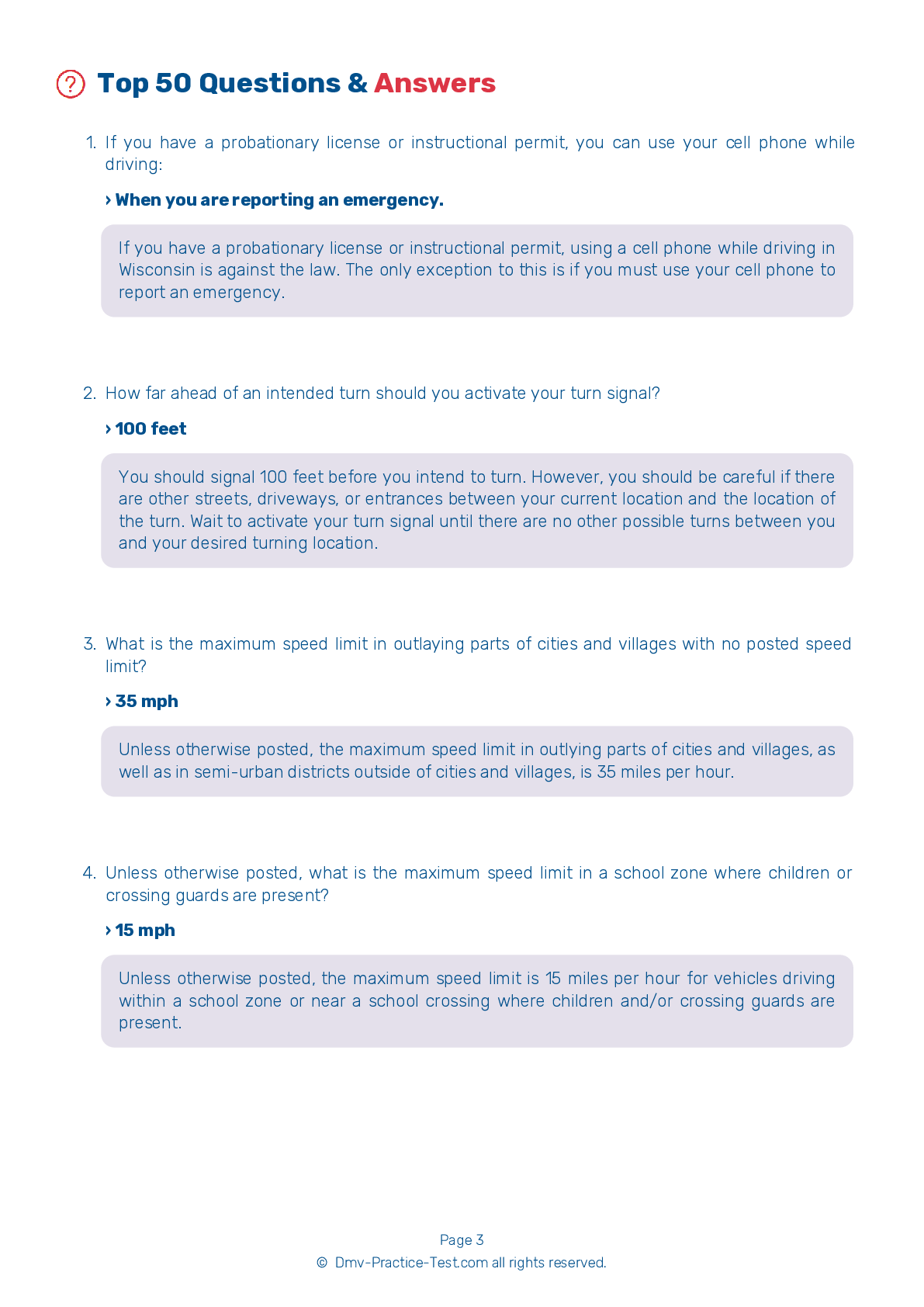FREE Wisconsin DMV Practice Test #20 Page 5 of 7
The Wisconsin DMV practise examinations have been updated for January 2025. It includes questions based on the Wisconsin Driver Handbook's most significant traffic signals and legislation for 2025. Use actual questions that are very similar (often identical!) to the DMV driving permit test and driver's licence exam to study for the DMV driving permit test and driver's licence exam.
On the practise exam, each question gets a tip and explanation to help you remember the concepts. The written component of the official Wisconsin DMV test will include questions about traffic rules, traffic signs, and driving statutes, as well as knowledge from the Driver Handbook.
To obtain a passing grade, you must correctly answer 40 of the 50 questions. Use the practise exam provided by the Wisconsin Department of Motor Vehicles to help you prepare for your instruction permit or driver's licence.
The DMV exam is available in several languages.
Using any kind of testing assistance will result in an automatic fail, and the DMV may take additional action against your driver's licence, so stay away from it.
29 . This sign means:

This sign indicates that the right lane ends ahead. A merging maneuver will be required for drivers in that lane.
30 . When you are behind a motorcycle, you should:
When following a motorcyclist, allow for at least a three- to four-second following distance. Motorcycles can stop quickly and following them too closely endangers your life and that of the motorcyclist. If the motorcyclist should fall, you need extra distance to avoid the rider. The chances of a fall are greatest on wet and icy roads, gravel roads, and metal surfaces such as bridges, gratings, and streetcar or railroad tracks.
31 . When driving in fog, you should:
Drivers should use low beam headlights when driving in fog. High beams will reflect back at the driver, making it difficult to see.
32 . Which of the following are used on some highways to direct drivers into the proper lanes for turning?
Arrows may be used to indicate which lanes should be used for specific purposes, such as driving straight or making a turn.
33 . Certain highway signs contain information about hazardous conditions. Such signs are known as:
Warning signs advise drivers of potentially hazardous conditions. For your own safety, obey warning signs. Disregarding the information provided by a warning sign may result in an accident due to your negligence.
34 . A pedestrian starts to cross the street after the "Don't Walk" signal begins to flash. The pedestrian is in the middle of the street when your signal light changes to green. You should:
At a green light, you must give the right-of-way to any vehicle, bicyclist, or pedestrian in the intersection. If a pedestrian begins crossing the street after the traffic signal light starts flashing, wait until they have crossed the street before proceeding.
35 . You are waiting to turn left at a multilane intersection and opposing traffic is blocking your view. You should:
You should never start a left turn until you can see that all the lanes you need to cross are clear and that you can safely make the turn.
See the exact questions that will be on the 2025 Wisconsin DMV exam.
99.2% of people who use the cheat sheet pass the FIRST TIME
LT gives us an insight on how the cheat sheet provided her with all the study questions she needed before taking her test.
Joe initially studied with the handbook and failed his test, he eventually found us online, studied and pass his test the first time around.



